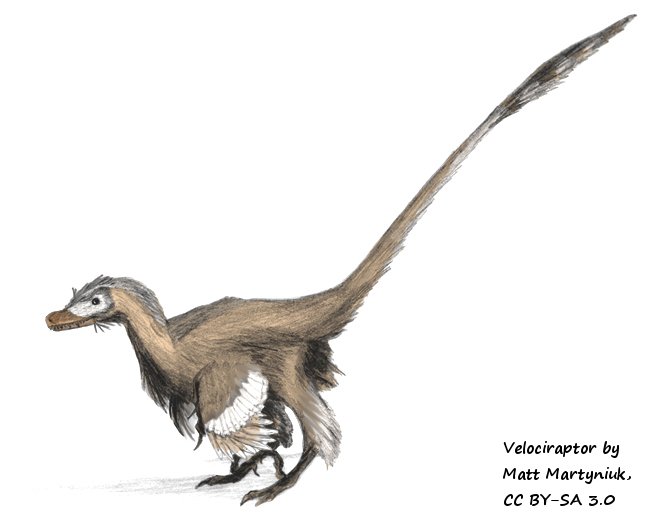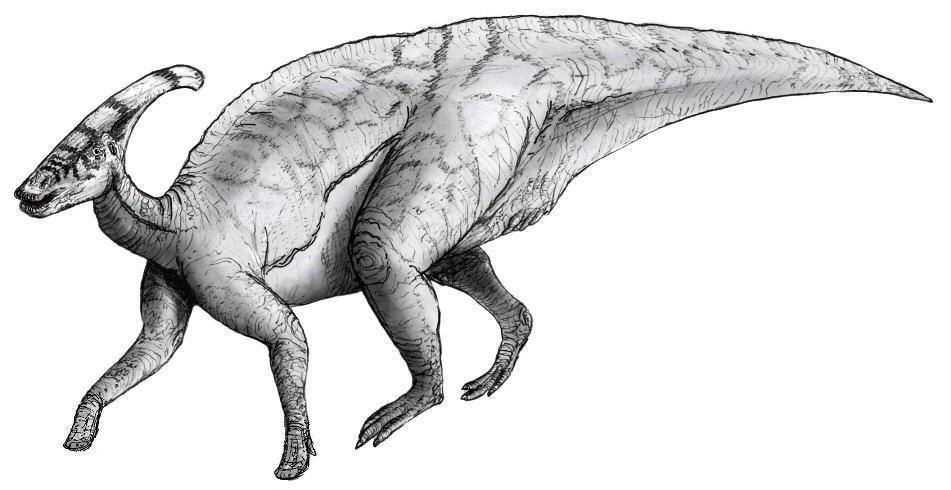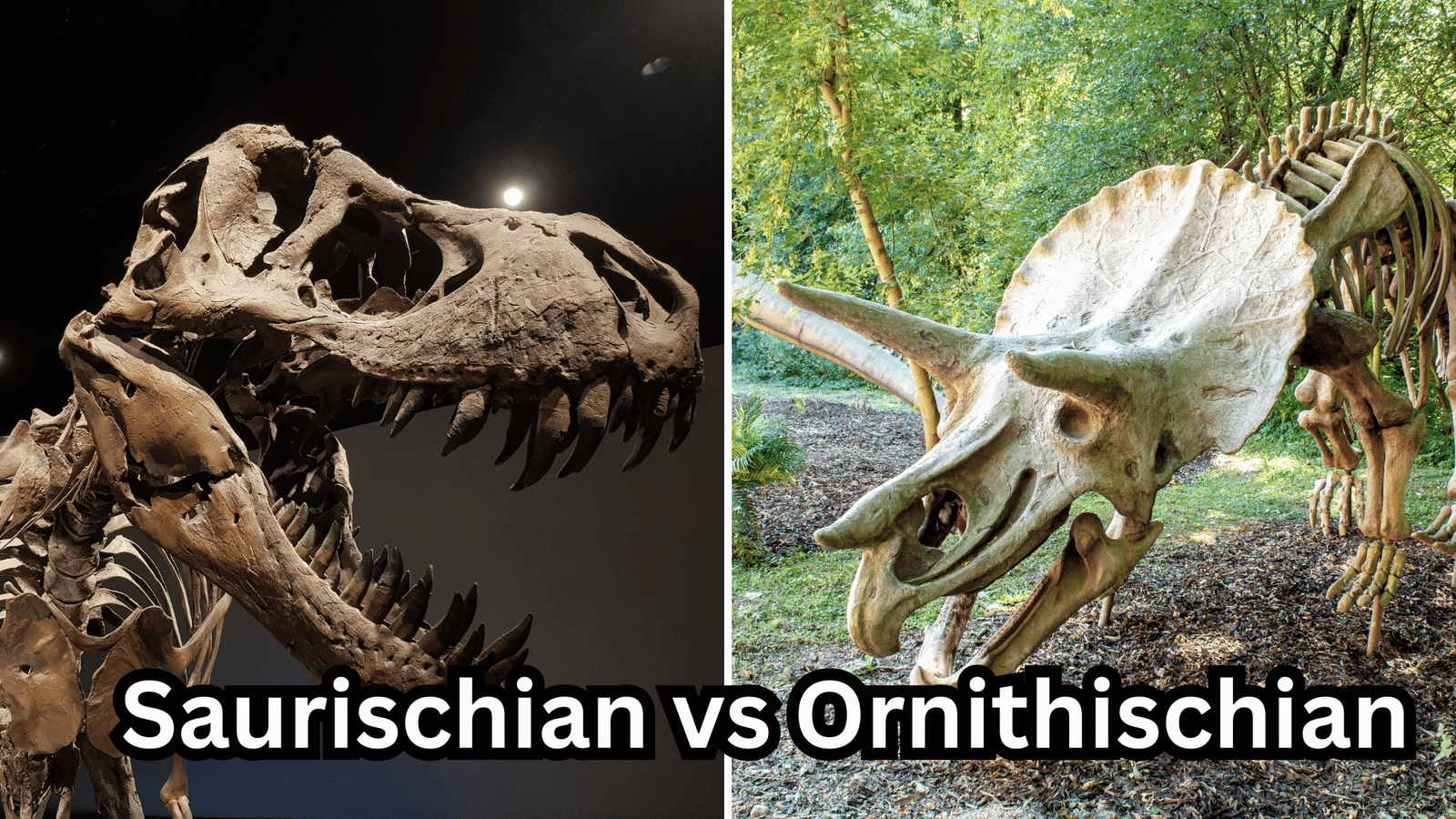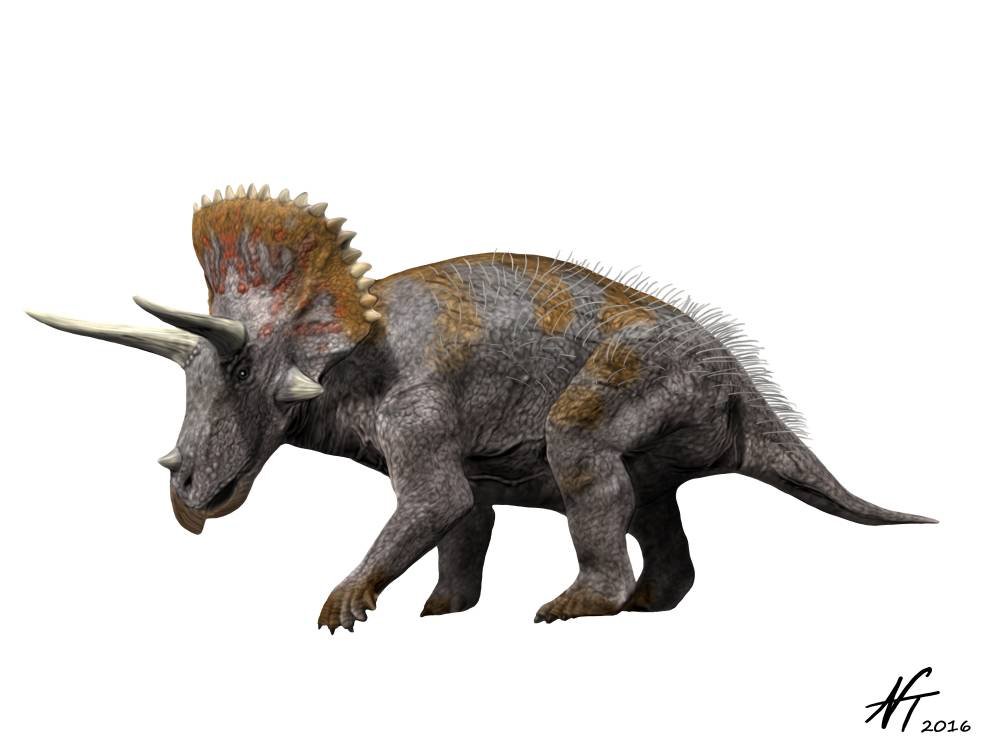The Mesozoic Era, commonly known as the Age of Dinosaurs, has captivated our imagination for centuries. Within this prehistoric world, two distinct groups of dinosaurs emerged, known as saurischians and ornithischians.
These classifications are not solely based on appearances but rather represent profound differences in skeletal structure, evolutionary paths, and ultimately, the behaviors and characteristics of these magnificent creatures.
Saurischia: The Lizard-Hipped Dinosaurs.
Saurischia, derived from the Greek words “sauros” meaning lizard, and “ischion” referring to the hip bone, is an apt name for these dinosaurs.
One of the key features that set saurischians apart is their hip structure. The hip bones of saurischians resemble those of modern-day reptiles, with a three-pronged arrangement.
This arrangement consists of the pubis. The ischium. And the ilium.
Within the Saurischian group, there are two primary subdivisions: Theropoda and Sauropodomorpha.
Theropoda:

Theropods were primarily bipedal, carnivorous dinosaurs that included famous species like Tyrannosaurus rex and Velociraptor. They had sharp, serrated teeth, sharp claws, and powerful hind limbs. These characteristics allowed them to be efficient hunters and chase down prey.
Sauropodomorpha:

Alamosaurus © N. Tamura CC BY-SA
Sauropodomorphs, on the other hand, were herbivores with long necks and tails, relatively small heads, and massive bodies. The sauropods, such as Diplodocus and Brachiosaurus, are the most well-known members of this group. They were gigantic, long-necked dinosaurs that moved on all fours and possessed an incredible ability to consume vast amounts of vegetation.
Ornithischia: The Bird-Hipped Dinosaurs.
Despite their name, ornithischians were not closely related to birds. Their classification as “bird-hipped” is due to the similarity of their hip structure to that of modern-day avians.
The pubis bone in ornithischians points backward, creating a hip structure that resembles that of birds.
Ornithischians comprised a diverse array of herbivorous dinosaurs and were some of the most successful and abundant creatures of the Mesozoic Era.
They can be further divided into several subgroups:
Marginocephalia
Marginocephalians, characterized by bony frills or domes on their skulls, encompassed dinosaurs such as Triceratops and Styracosaurus. These herbivores were equipped with powerful jaws and elaborate headgear, possibly used for display or defense.
Thyreophora
Thyreophorans were armored dinosaurs, known for their various forms of body armor and defensive structures. Stegosaurus and Ankylosaurus are notable examples. Stegosaurus boasted large bony plates along its back, while Ankylosaurus possessed a heavily armored body and a club-like tail.
Ornithopoda
Ornithopods were among the most diverse and successful dinosaur groups, dominating the Late Cretaceous period. Species like Iguanodon and Parasaurolophus fell into this category. Ornithopods were characterized by their beaked jaws and a range of dental adaptations, which allowed them to efficiently process plant material.

The division between saurischians and ornithischians represents one of the fundamental distinctions in dinosaur classification. While saurischians were characterized by their lizard-like hips and encompassed both carnivorous theropods and herbivorous sauropodomorphs, ornithischians exhibited bird-like hip structures and included a wide array of herbivorous dinosaurs with diverse adaptations.



